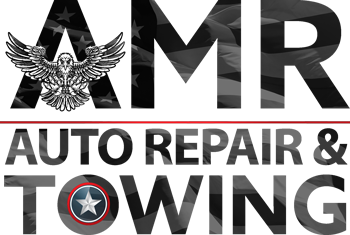Why You Shouldn’t Drive on a Flat Tire
May 26, 2021 5:13 pm Leave your thoughtsGetting a flat tire is always an inconvenient experience, and sometimes a scary one. But it’s important to keep your wits about you when it happens—get over to the side of the road (or off the road entirely) as quickly as it is safe to do so. It is unsafe to drive on a flat tire, for a variety of reasons.
Here’s a look at what can cause flats and why you should never drive on a flat tire in Salt Lake City, UT.
Avoiding the issue
There are a variety of potential causes of flat tires, some of which are easily preventable, others of which are not.
There are some rare cases in which built-in defects within the tires can increase the likelihood of a flat. This will most likely manifest itself in the form of a bump or bulge on the tire sidewall. It’s possible the condition of the tire could degrade over time as well, and you could start to see cracks forming in the surface, whether it’s on the top of the tire or on the sidewall. This is indicative of tires that are too old and worn to be driven on.
Tires near the end of their lifespan are also likely to have lower tread depth, and are thus more likely to experience flats. Tires with improper air pressure are also at greater risk for flats. Always monitor your tires’ air pressure to ensure it’s at the proper level—underinflated tires are more likely to experience increased wear and heat from friction that can cause a flat.
Don’t keep driving
A lot of flat tires occur because the tire gets punctured by something on the road, like a nail or screw. In some cases, small tire punctures can be fixed with tire plugs. But if you keep driving on the tire after that initial deflation, the sidewalls could rupture, or you might see the initial puncture expand, worsening the problem.
It’s not just the tire that could experience problems if you keep driving on a flat. There are other parts of the vehicle that could sustain damage as well, including brake lines, calipers, rotors, wheels, fenders and parts of the suspension. If the flat begins to flop around inside the tire well, it could hit other pieces of equipment and cause some significant damage. This can go from a rather inexpensive patch to a problem that could cost you hundreds or even thousands of dollars to address.
So, if you get a flat tire, the best thing to do is get off the road as soon as possible, and either call for a tow or get a mobile mechanic out to repair the tire so you can get back on the road. It’s highly inconvenient and no fun at all, but it’s much better to be safe than sorry.
For more information about flat tire towing and the other services we offer to drivers in Salt Lake City, UT, we encourage you to contact the team at AMR Auto Repair & Towing.
Categorised in: Driving Tips
This post was written by Writer
